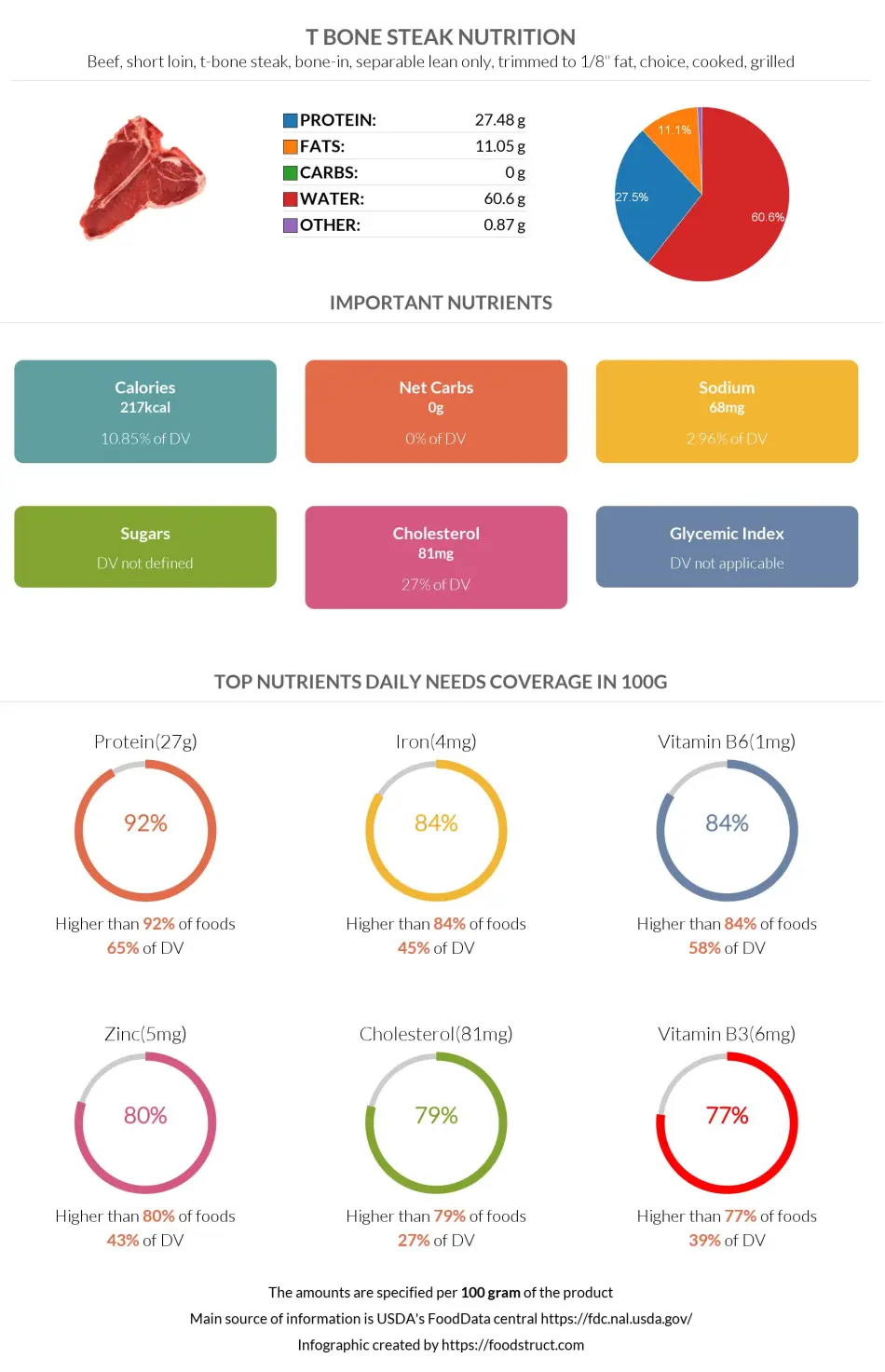What are the symptoms of thrombosis?
Thrombosis symptoms depend on the size of the clot, its location (where it forms or gets stuck) and the complications it causes. Blockages are more likely to occur in areas with very small blood vessels, especially your lungs, brain and farther down in your legs and arms. Listed below are common symptoms for each location:
Lungs (pulmonary embolism)
- Sharp pain in your chest and surrounding areas (jaw, neck, shoulder, back or arm).
- Pain when you breathe in.
- Sudden trouble breathing when active or at rest.
Brain or neck [transient ischemic attack (TIA) or stroke]
- Weakness or trouble controlling muscles on one side of your body.
- Slurred or garbled speech.
- Noticeable droop and lack of muscle control on one side of your face.
- Confusion, agitation or otherwise unusual behavior changes.
Heart (heart attack)
- Chest pain or discomfort (angina).
- Trouble breathing.
- Dizziness or passing out.
- People assigned female at birth often have additional symptoms.
Belly (mesenteric ischemia)
- Severe stomach or abdominal pain, especially after eating.
- Bloating, nausea and vomiting.
- Diarrhea, which may contain blood.
- Fever.
Artery in arm or leg
- Skin that looks paler than other areas.
- Skin that feels cool to the touch.
- Weakness and inability to move the affected body part.
- Numbness or tingling (pins and needles), possibly with pain.
- Blisters, wounds or sores.
- Skin sloughing, which is when skin falls away from the tissue underneath.
- Necrosis, or tissue death.
Vein in arm or leg
- Skin that looks redder or darker than other areas.
- Pain, especially around the affected area.
- Swelling from fluid buildup.
- Skin that feels warm to the touch.
What causes thrombosis?
Thrombosis happens when something damages the inner lining of your blood vessel (endothelium) or slows blood flow. In either case, cells in your blood start to stick together when they shouldn’t.
Normally, many cells in your blood coexist in harmony and come together when needed for a certain job. For example, if you have a wound, platelets and proteins join together at the site of injury to serve as a plug. This multistage process (hemostasis) forms a necessary clot that stops you from losing too much blood. The clot dissolves when your wound heals. It’s like an emergency meeting at work when everyone huddles at one desk. When the problem’s solved, everyone leaves and goes their separate ways.
But various medical conditions, medications and other factors can cause components of your blood to cluster together when they don’t need to or fail to dissolve when they should. As a result, a blood clot (thrombus) may form from clumps of blood clotting components and potentially get bigger. It may also break away and travel through your bloodstream until it gets stuck in a smaller blood vessel (embolus).
Both of these situations can lead to dangerous — or even life-threatening — complications. That’s why it’s important to learn what may put you at risk.
What are the risk factors?
Anything that interferes with your blood’s ability to flow freely or clot normally can raise your risk for thrombosis. This includes many conditions, medications and lifestyle factors.
Specific risk factors include:
- Atherosclerosis.
- Atrial fibrillation.
- Being over age 60.
- Blood clotting disorders.
- Cancer.
- Chemotherapy.
- Diabetes.
- Family history of blood clots.
- Having certain surgeries or procedures, including central line placement.
- Heart failure.
- Heart valve disease.
- High blood pressure.
- High cholesterol.
- Inflammatory or autoimmune diseases.
- Obesity.
- Paralysis of a leg.
- Pregnancy.
- Prior heart attack or stroke.
- Sitting still for too long for various reasons, including long flights or bed rest.
- Tobacco use.
- Using birth control pills containing estrogen.
- Using hormone replacement for menopause symptoms.







